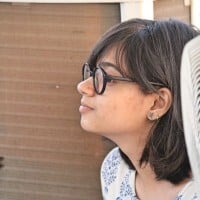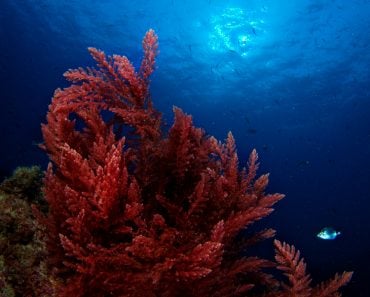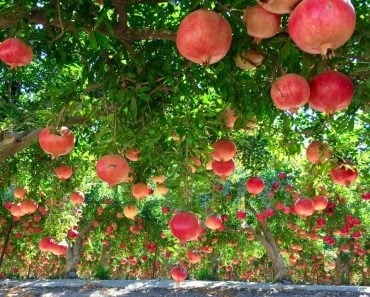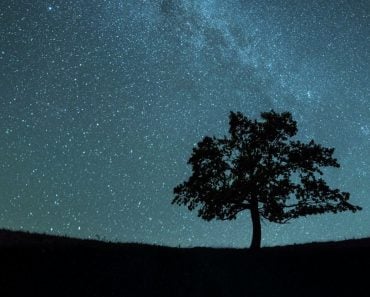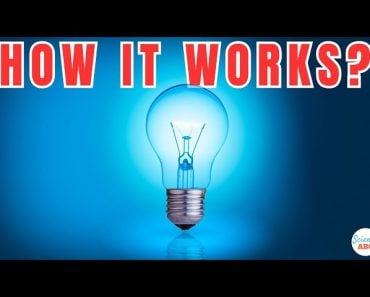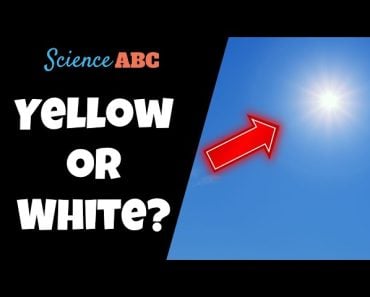Too tired to read? Listen on Spotify:
Plants can grow in artificial light, but artificial light isn’t as intense as sunlight and has less red and blue light than sunlight. LED lights used in special indoor growth chambers reduce the difference between artificial light and sunlight, which can help plants grow better.
Plants have a superpower—photosynthesis—which allows them to create their food from scratch. All they need is carbon dioxide and some water. To fuel this cooking process, the plant needs some energy, which it gets from the sun.
Unfortunately, the sun doesn’t shine brightly all year round in every part of the planet. At the extreme poles of the Earth, in countries like Iceland and Finland up north, or Antarctica down south, the presence of the sun drops to less than 8 hours a day.

Besides seasonal shifts, cities and their concrete jungles pose a problem for in-home plants. High-rise buildings and skyscrapers can block sunlight from entering many abodes. For those of us who are gardeners, but also city dwellers, what are we to do then?
Well, switch on the lights, of course!
Recommended Video for you:
What Do Plants Need To Grow?
It is actually untrue to say that plants need the sun to photosynthesize. The word photosynthesis comes from Greek roots; ‘photo’ refers to light, and ‘synthesis’ means putting together. In other words, plants actually need light to photosynthesize, not sunlight.
More specifically, they need photons.
Photons are the particles that make up light, and each photon has a certain amount of energy, called photon energy. When a photon hits an object, like a plant, it imparts its energy to that object upon hitting it.
The sun’s rays are a free photon supply that has existed since life was just starting out. Eventually, life managed to evolve to use this abundant source of energy to survive; plants are some of those organisms that evolved from this early photosynthetic algae.
Many billions of years later, after the first photosynthetic life forms evolved, humans entered the scene, and we figured out how make our own light. First came fire and then (after a very long time) came incandescent light bulbs.
Physics doesn’t distinguish whether light is created by thermonuclear fusion or a chemical; all light is composed of photons. Thus, artificial lights will still enable your plants to grow!
Sunlight Vs. Artificial Light
That being said, there are certain caveats to shining a torch on your money plant, hoping that it will grow up healthy and strong.
Although artificial light will work for your plants, there are some key differences between the light from the sun and the light from an artificial bulb.
- The wavelength of light – We’ve learned that white light is composed of all the colors of light, but even within white light, there are subtle differences in the composition of wavelength. Artificial light doesn’t have as much red and blue light as the sun possesses. The photons in different wavelengths of light have different amounts of energy. Green plants absorb the energy from the light of red and blue wavelengths the most, reflecting away most green and yellow light (which is why plants appear green).
- The intensity of light – Sunlight is more intense than any artificial light. This higher intensity of the sun is what plants are best adapted to. The higher intensity also means that the plant gets hit with more photons, and can therefore photosynthesize more effectively.

Artificial Light That Helps Plants Grow Indoors
Necessity is the mother of all invention, and that’s exactly what we are seeing in this field. Artificial lights are now specially designed to help plants grow just as well as if they were basking in sunlight.
Among the artificial light varieties, LEDs (short for Light Emitting Diodes) are the best. They are the most efficient at emitting light in the red and blue part of the spectrum, and have a higher intensity than fluorescent lights. Even more importantly, they are also more energy efficient.

This is an important consideration for research and in crop production. With the pressures of climate change and increasing population on agriculture, indoor plant growth is becoming increasingly important for sustainable food production.
Impact Of Artificial Light On Plants
Photosynthetically, artificial light might fulfill a plant’s needs, but plants also use light signals to monitor their functioning and growth.
Plants, like animals, have an internal biological clock that is timed according to the movement of the sun throughout the day. This biological clock is responsible for sunflowers following the sun through the day, as well as when flowers bloom and how tall and long plants grow.
Research on lettuce showed that when grown under red LED light, the stem of the lettuce was more elongated than when it was grown in white light. The growth of the stem is a light-dependent process. The researchers also found that adding some blue light prevented the stem from elongating too much.
Besides growth, the molecules that plants need to photosynthesize are also affected by artificial light. Chlorophyll is the main molecule that plants use to capture the energy of photons, and its accumulation in a cell is dependent on light. Research found that chlorophyll accumulates slowly under white LED light and red LED light, but not under blue LED light, where the production of chlorophyll was not affected.

Aside from chlorophyll, other molecules in the plant that don’t participate in photosynthesis are also affected. These molecules are produced by the plant for various other functions, such as antioxidants or hormones. These molecules, called secondary plant metabolites, are often important elements for animal nutrition.
Research on the medicinal plant called “cat’s whiskers” (Orthosiphon stamineus) showed that when the plant was exposed to artificial light with high irradiance (the measure of how much energy the light emits), there was a decrease in important secondary metabolites. This suggests that irradiance might be an important factor to consider.
Conclusion
Research is making strides in understanding how LEDs affect plant growth. This better understanding, one hopes, will lead to better technology that will one day help tackle our food problems.
For those of us living in apartments that don’t receive an abundance of sunlight, there are affordable and small growth chambers that should work just as well as the sun. Just make sure that the light isn’t switched on all the time, since too much light is bad for a plant!
Even with these artificial options, sunlight remains the best light source for plants. So if you can, take your plants out for a day of sunbathing!
References (click to expand)
- Do plants grow as well under artificial light? - EarthSky. earthsky.org
- Darko, E., Heydarizadeh, P., Schoefs, B., & Sabzalian, M. R. (2014, April 19). Photosynthesis under artificial light: the shift in primary and secondary metabolism. Philosophical Transactions of the Royal Society B: Biological Sciences. The Royal Society.
- WU, M., HOU, C., JIANG, C., WANG, Y., WANG, C., CHEN, H., & CHANG, H. (2007). A novel approach of LED light radiation improves the antioxidant activity of pea seedlings. Food Chemistry. Elsevier BV.
- (1992) Importance of 'blue' photon levels for lettuce seedlings .... The United States National Library of Medicine

